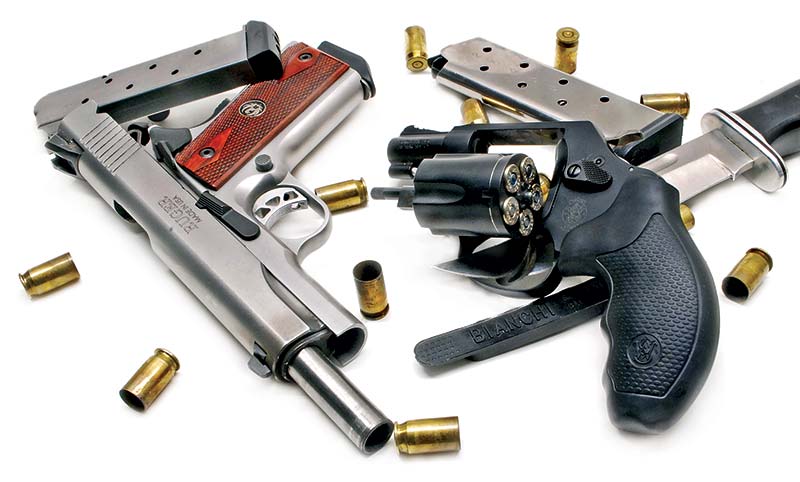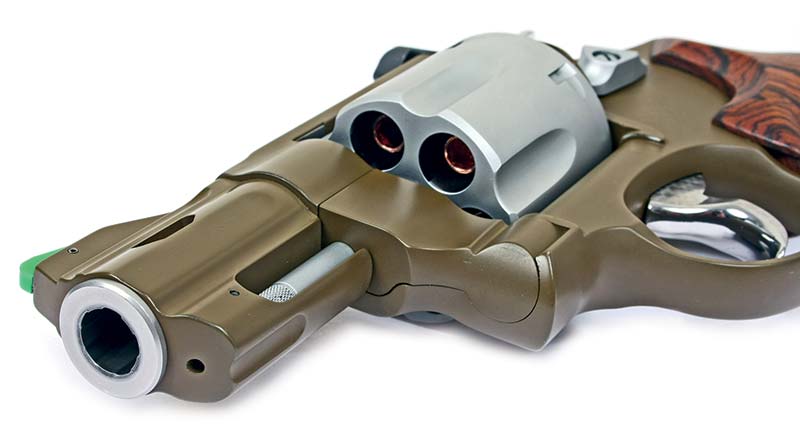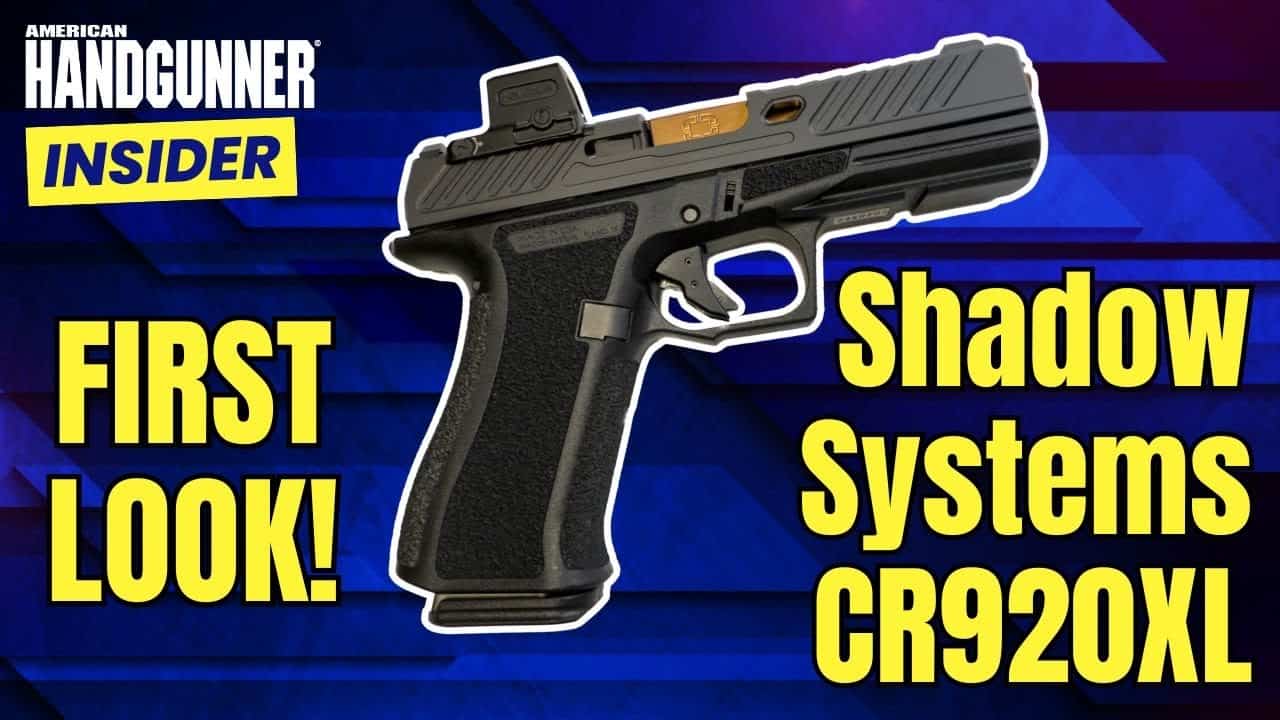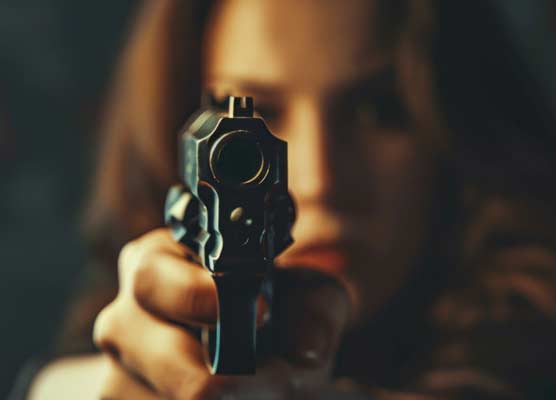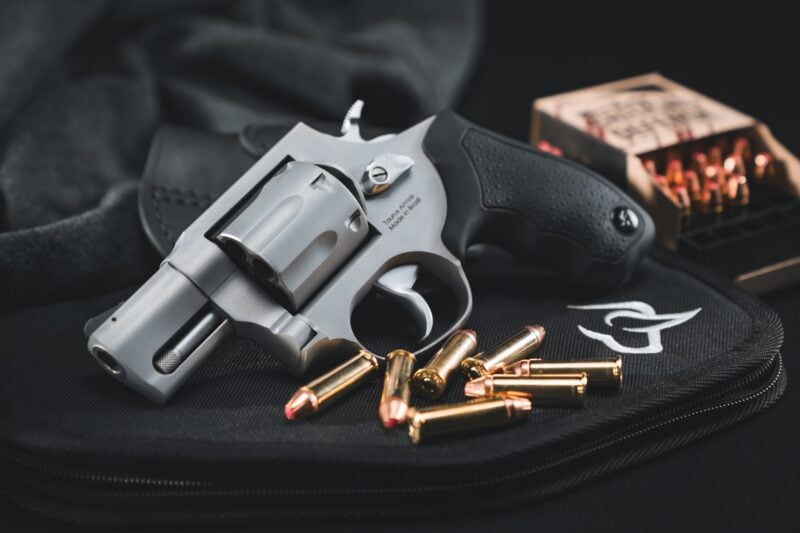Back-Up Guns:
Primary Or Secondary Guns? Or Both…
Your back-up gun should be one you would be willing to bring to a gunfight because when you reach for it, you will be in a gunfight. You’ll be in a gunfight and you’ll probably be losing, or at best fighting to an ugly draw. Although your primary weapon is out of action you still must win the fight and your back-up gun must get it done.
Back-up guns are usually smaller in heft than the primary but this doesn’t mean it should be less of a threat stopper. In fact it must be a threat stopper. The back-up for my .45 Ruger SR1911 and .357 Magnum Ruger GP-100 has always been a S&W J-Frame snub loaded with Speer Gold Dot 135-gr. jacketed HP +P. These bullets expand aggressively, and Speer’s Uni-Cor plating process keeps the jacket from separating, providing good penetration.
More importantly than what gun you choose for your back-up is how well you shoot it. Your back-up gun rates the same level of training as any primary weapon you carry. For your back-up to fly into action and save your hide it needs quality range time with you. Just as much as your big gun. You need to dry-fire regularly and practice draws until the “BUG” comes out instinctively. You need to drill re-loads (all of them) and practice clearing malfunctions (all of them) too. The time for performing any of these skills is not when you must do it right — and do it right the first time.
A Practice Idea
I carry my back-up on my left hip for cross-draw access. I don’t like or even particularly care for the cross-draw, but on my left hip it’s most comfortable and I can get to it with either hand if needed.
You should also carry spare ammo for your back-up because things ugly can always get uglier. Like the spare ammo for your primary gun the spare ammo for your back-up should be stowed in a specific place and always in that place. I keep two speed strips in my right front pocket because I will reload with my right hand. Some full size semi-autos are available in smaller dimensions and will take the same magazines as the primary. Think: Big GLOCK/Little GLOCK.
Along with the drills mentioned, here’s one I came up with. Unload everything, etc. I stand over the bed clad as if carrying in public. I start the drill with my primary gun in-hand and in a shooting stance. I then drop the gun onto the bed and go for the J-Frame. This drill reinforces the idea a “no gun” or “empty gun” scenario trains you to immediately draw your back-up and get to work. It’s also useful to practice drawing your back-up while on the floor, and with your weak hand. Unless you train, you’ll shoot your main gun dry, then stare at it and wonder what to do next. Trust me on this. It’s happened. Cops have died with a back-up gun on their ankle because they forgot it was there during the fight.
Competition Practice?
If you shoot IDPA there are competitions solely for BUG’s. Working through some competitive stages with your back-up gun is a great way to make obvious weaknesses in your back-up gun handling and shooting. You can also benefit from seeing and becoming familiar with BUG solutions other competitors have resolved for themselves. The good part of IDPA is you really don’t get shot and you’ll live to become a better and more formidable defensive shooter.
So all this talk about a serious back up gun means what?
The way I see it, I carry two primary guns. Change the way you think about it.

